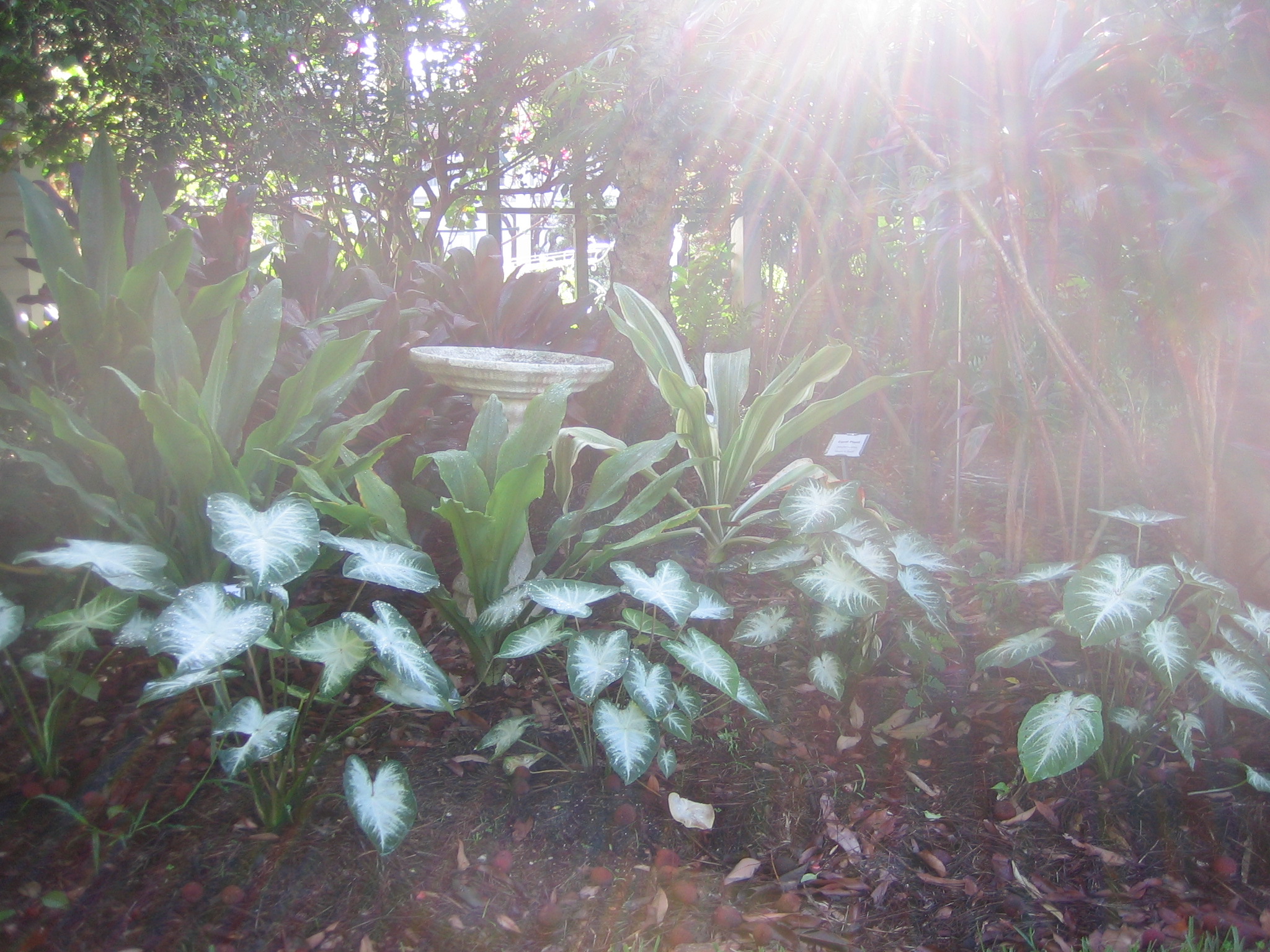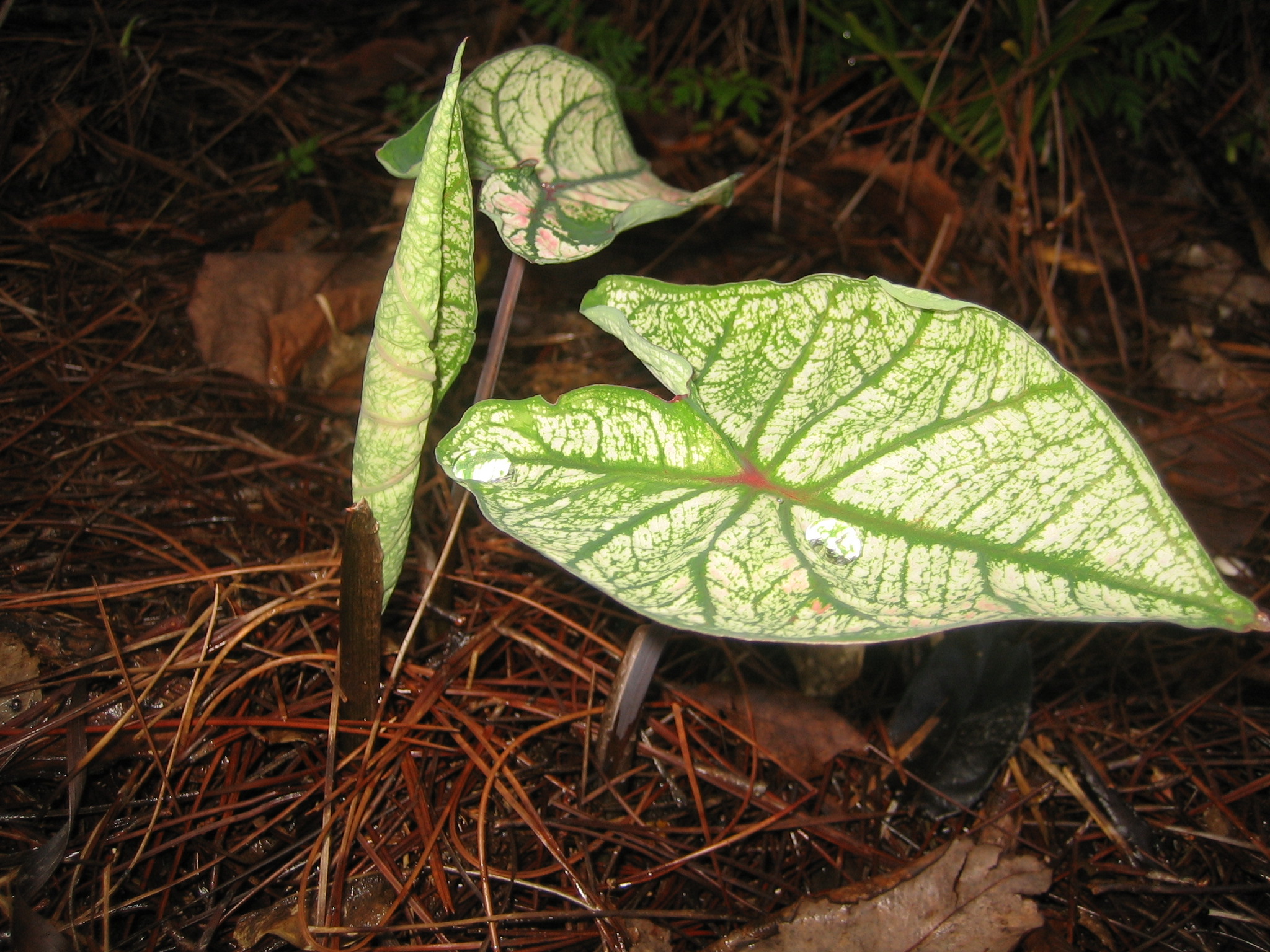Mrs. Edison’s Old Fashioned Recipe for Egg Croquettes
Old Fashioned Recipe for Egg Croquettes
11 hard boiled eggs, chopped fine
½ pint boiled milk
1 tablespoon melted butter
1 tablespoon flour
Cook flour in butter, add ½ pint hot milk, stirring until smooth, then add other ingredients. Make into croquettes and place in refrigerator to chill. Make a batter of 11/2 eggs with 2 tablespoons milk or water added. When croquettes are cold, dip them in this batter, roll in cracker or bread crumbs and fry in deep shortening.

The Edisons’ recipes were written during their lifetime, therefore the directions, measurements and styles of the recipes reflect the period in which they lived and their personal tastes. Because the recipes are original for the times, you will want to read them carefully and experiment liberally. We know you will enjoy a look at heir lives as well as their scrumptious recipes.
Our collection of old fashioned and vintage recipes can be found in Edison’s Family & Friends Recipes which is available in the Edison and Ford Winter Estates Museum Store or online at https://www.edisonfordwinterestates.org/store/Edisons-Family-Friends-Recipes.html.
Growing and Caring for Caladiums
Most people love to buy flowers for their gardens. What if you could get foliage as colorful as flowers that also hold up great in heat and humidity? One of our favorites is the intricate heart and strap shaped leaves of Caladiums.

These leaves grab our attention in the many shades and patterns of pink, red, white, lime green, and orange. What is even more interesting is that caladiums grow from a tuber. A tuber what? Most people are familiar with potatoes; caladiums are also tubers.
Caladiums were born in Brazil, South America; brought to America by plantsman Dr. Henry Nehrling after visiting the Columbian Exposition in 1887. Nehrling grew his caladiums in his greenhouse in Chicago until he moved to Gotha north of Orlando, Florida with the assignment to grow tropical plants for the USDA. He later moved to Naples, FL when it got too cold for his tropical plants in Central Florida.
Most of the caladium growing continues in Lake Placid, FL. From there, bulbs are shipped all over the world. Every year there is a Caladium Festival in Lake Placid to celebrate!
INTERESTING FACT: Thomas Edison hired Dr. Nehrling to help him bring his gardens in Fort Myers to life.

Growing and Caring for Caladiums
If you decide that you can’t live without this summer star in your garden, here are some planting tips:
- Plant the tubers 2 inches deep and 6 inches apart
- In frost free climates, you can plant them in the fall just under your soil and they’ll be ready to pop up when temperatures climb to 80 degrees
- The time of emergence in Florida occurs in April or May, and June or July in Northern climes
- Once temperatures fall below 60 degrees, the foliage dies back and the tuber stores energy for next year’s growth
- If you are not in a frost-free climate it would be necessary to dig them up once foliage begins dormancy and store in a dry place
- If you are lucky enough to live in Florida, it is not necessary to dig, but they should be planted in an area that doesn’t flood
- While is cost effective to plant just the tubers, you can add some potted caladiums to achieve instant gratification
There are so many varieties of caladium to choose from with such names as Postman Joyner (named after a postman), Red Flash, White Christmas, Pink Beauty, and the list could go on. At the Edison and Ford Winter Estates we planted Aaron and Mrs. Arno Nehrling – both varieties from the early 1920’s. University of Florida has been releasing some new varieties all beginning with the name Florida.
Don’t worry about the names of the caladiums you choose, just get some of these attractive tropical beauties in your garden and you will be glad you took the time to dig. The Edison and Ford Winter Estates sells both the tubers and the potted plants in the Edison Garden Shoppe for your enjoyment.